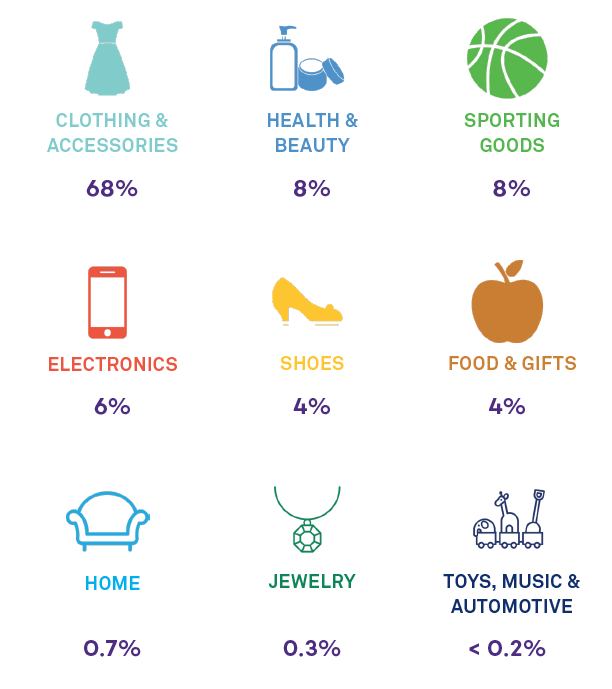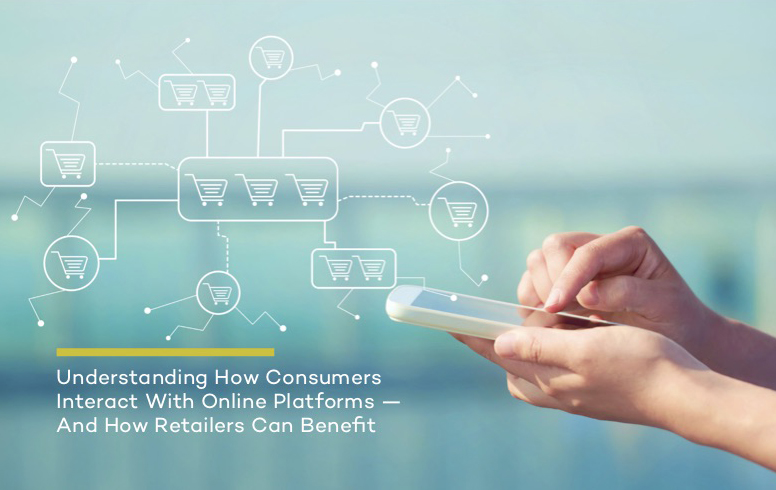E-Tailing in the Age of Platforms
Consumer Data Allows Retailers to Understand the Value of Multi-Sided Platforms (MSPs)
For centuries, retailers have joined one another in markets, malls, or other common locations to sell products to consumers. And for as long as this practice has been in place, there are questions that the retailers simply could not answer as they did not have access to consumer’s purchase behavior at other competing retailers.
Multi-side platforms (MSPs) allow us to answer questions related to consumer behavior across retailers. MSPs are digital platforms that connect multiple groups of stakeholders, such as consumers and retailers, and facilitate direct interactions among them.
Medill Spiegel Research Center conducted a study on MSPs using the data provided by ShopRunner, a U.S.-based MSP. The study analyzes consumer behavior to ultimately provide retailers answers to the questions they’ve never been able to answer before.
Questions We Address
Customer engagement in today’s digital ecosystem no longer functions like a funnel that is managed by the brand, but like an engine where brands and consumers synergistically interact with each other.
As we performed our analysis on the data, we honed in on these three questions:
- Are MSPs beneficial to both consumers and retailers, and, if so, how and why?
- Are all retailers impacted the same way by being in an MSP?
- Do retailers benefit, or are they harmed from being in an MSP with a direct competitor?
About the Research
The data for this study is provided by ShopRunner, a U.S.-based MSP, launched in 2010. Since then it has hosted more than 10 million consumers and worked with more than 250 retailers including Neiman Marcus, Ann Taylor, and Chico’s.
In total, the retailers on the MSP represent 11 different categories, from sports and electronics to jewelry and toys.
ShopRunner Categories

The Network Effect in the MSPs
MSPs are beneficial for both retailers and consumers because of the network that exists on the platform.
Benefit for Retailers
The fundamental principle behind network theory states that there is an exponential value added whenever there is an addition to a network. When a consumer buys a product from a stand-alone retailer, that adds value to the retailer, but it’s not an exponential increase. When a retailer joins ShopRunner, though, not only do their customers benefit from the network benefits, but the retailers also gain access to all the other network’s customers who have joined and/or purchased from other participating retailers. That is an exponential increase in value.
Benefit for Consumers
Dive Deeper
Vakeel, K. A., Yang, A., & Malthouse, E. C. (2019, Forthcoming). Customer shopping network on a Multi-sided platform: Role of customer exchange, centrality, and structural hole. In 26th Recent Advances in Retailing and Consumer Science Conference.

